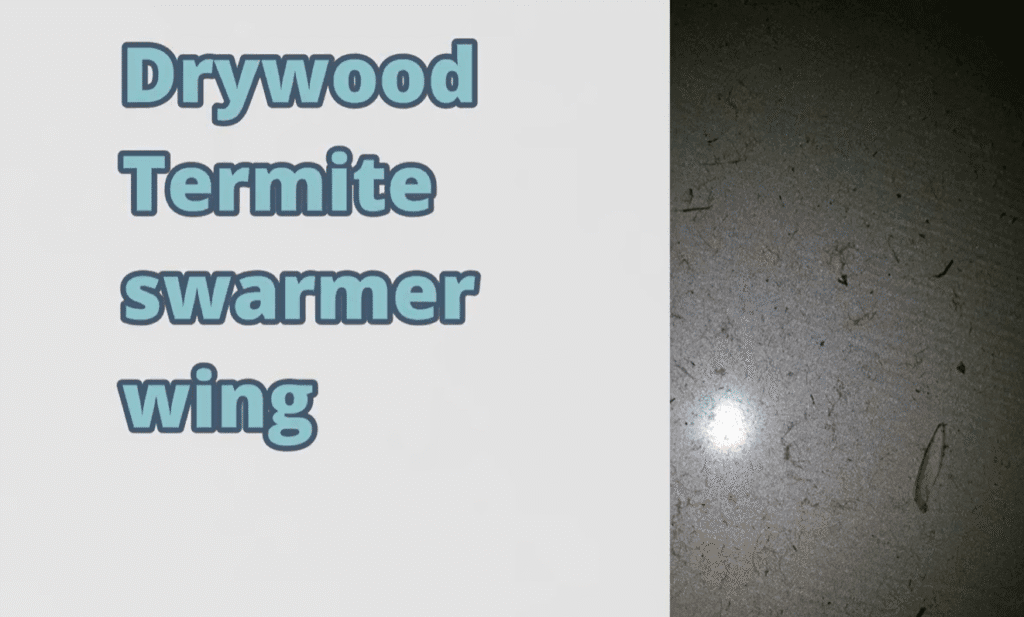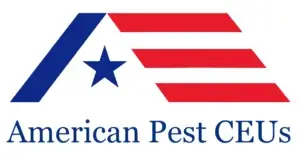
Mastering the Hidden Zones: The Ultimate Guide to Comprehensive Termite Inspections
Jill Reeves
Mastering the Hidden Zones: The Ultimate Guide to Comprehensive Termite Inspections
The difference between a good pest control technician and a great one often comes down to one critical skill: inspection. A thorough inspection is the foundation of effective pest management, and it goes far beyond a quick look in the kitchen. To be truly successful—especially as a termite inspector—you need to know how to navigate, assess, and interpret the signs within the home’s most challenging and hidden areas: the Interior, Exterior, Attics, and Crawl Spaces.
We are proud to announce the launch of our new comprehensive course, Inspections: Interior, Exterior, Attics and Crawl Spaces, a must-take training program designed to elevate the expertise of every pest control professional. This essential course is proudly sponsored by American Pest CEUs, your trusted partner in Continuing Education.
The Interior: More Than Just the Living Room 🛋️
The interior inspection is where you engage directly with the client’s experience. It’s not just about finding visible pests; it’s about understanding their habits, entry points, and harborage areas inside the structure.
- Focus Areas: Pay close attention to moisture-prone areas like kitchens and bathrooms. Check around utility penetrations, under sinks, and behind appliances. For termites, look for mud tubes along baseboards and window frames, or areas of distorted paint and wood. Subtle signs are the biggest clues—small droppings, shed skins, or faint sounds.
- Tools of the Trade: A good flashlight, a magnifying glass, and a moisture meter are indispensable here.
The Exterior: The First Line of Defense
The exterior is the pest highway. It is the primary zone where pests gain entry, and where your termite inspection skills are put to the test. A proper exterior inspection is vital for preventative measures and for identifying conducive conditions.
- Focus Areas: Inspect the foundation meticulously for cracks, gaps, and any signs of termite shelter tubes leading from the soil. Check weep holes, utility line openings, and where different building materials meet. Examine wood-to-soil contact, which creates a perfect bridge for subterranean termites.
- Conducive Conditions: Note things like pooled water, overflowing gutters, dense vegetation touching the structure, and improperly stacked firewood. These conditions can invite pests like mosquitos, rodents, and, critically, termites.
The Attic: Hot Spots and Hidden Threats
Often overlooked due to access difficulty, the attic is a crucial zone for pests that prefer to forage from above, especially during colder months.
- Focus Areas: Look for rodent activity (droppings, gnaw marks, nesting materials) near insulation, vents, and rafters. Inspect the roof sheathing for leaks or damage that can lead to moisture, which attracts wood-destroying insects. Pay special attention to the soffit and fascia for entry points for birds, bats, and squirrels. Insulation damage is a major sign of a hidden infestation.
- Safety First: Remember, attics can be hot, dark, and dangerous. Always prioritize safety gear and proper lighting.
The Crawl Space: The Core of the Problem 🕷️
If a structure has a crawl space, you are almost guaranteed to find the most significant conditions and pest evidence there. This damp, dark, and secluded area is a haven for subterranean termites, wood-destroying fungi, and moisture-loving pests.
- Focus Areas: The most important task here is to inspect the sill plate and floor joists for active or previous termite damage. Look for evidence of excess moisture, poor ventilation, and plumbing leaks. Fungus growth often indicates conditions favorable for wood-destroying insects. For the true termite inspector, the crawl space is the ultimate proving ground.
- Documentation: Take clear photos of all conducive conditions and structural damage to provide undeniable evidence for your client report.
Elevate Your Career with American Pest CEUs
Becoming proficient in the four inspection zones—Interior, Exterior, Attics, and Crawl Spaces—is not just about meeting a standard; it’s about setting a new one for yourself.
The Inspections: Interior, Exterior, Attics and Crawl Spaces course offers detailed modules on identifying pest evidence, interpreting structural vulnerabilities, and documenting your findings professionally. This knowledge is essential for every professional, and absolutely required for anyone who aspires to be recognized as a true termite inspector.
This course, sponsored by American Pest CEUs, provides the high-quality, relevant training you need to advance your career and provide superior service to your clients. The course is approved in many states as a CEU course for pesticide license renewal.
Don’t wait to upgrade your inspection skills! Visit American Pest CEUs to enroll and learn more about this course and others we offer. Click here to begin your training today: Americanpestceus.com
American Pest CEUs—Training for the Professional Pest Manager.



